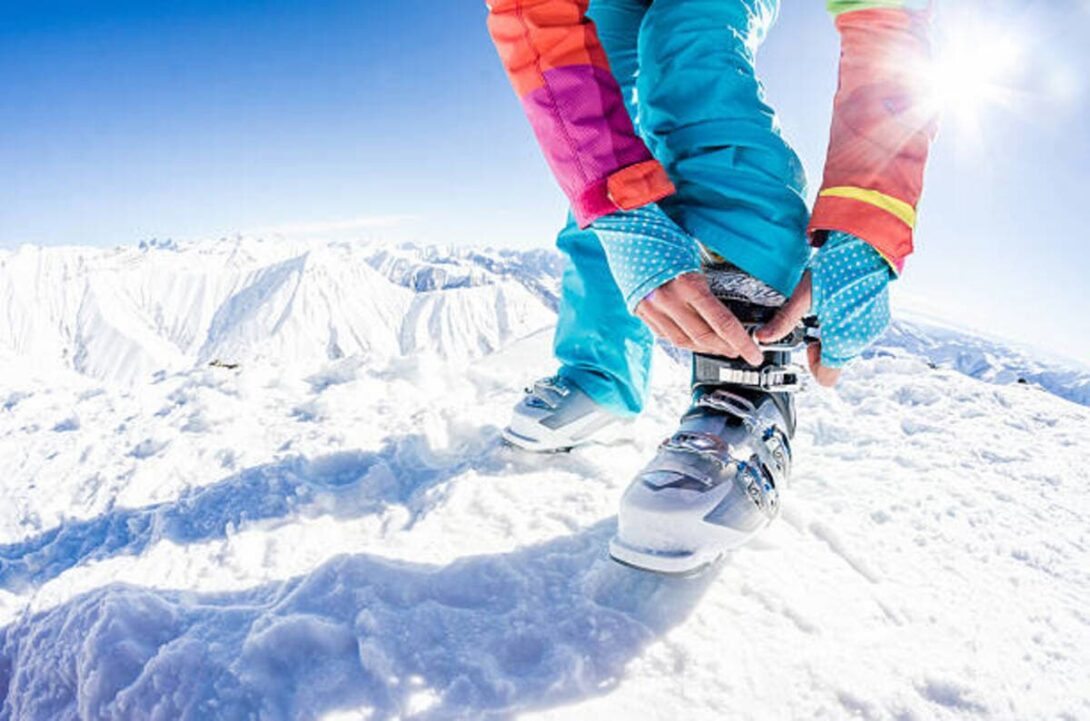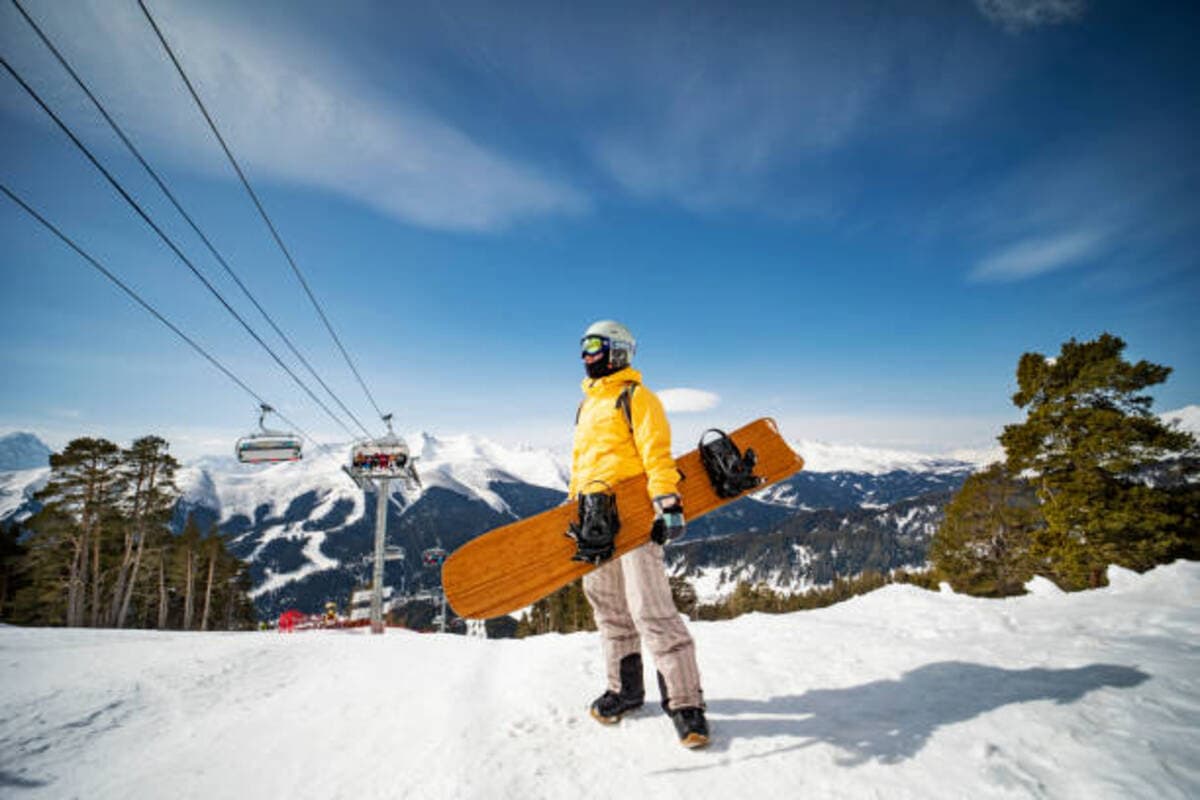Most people are born with an inherent desire to be passionate about sports. Daily life and sports go hand in hand. Due to their proximity to snowy mountains, people from Scandinavia, France, Italy, or Austria, for example, may be more interested in winter sports than others. Winter activities, however, can become quite deadly. You need the correct equipment for skiing, but you also need a place to stay.
Whether you are an expert in winter sports or just starting out, you must make sure that you have the necessary safety gear. This post will highlight essential gear for skiers and snowboarders so they can safeguard themselves in hazardous conditions.
Snowboard and Skis
You should make sure that you spend your money wisely and choose a sport you wish to undertake, such as skiing or snowboarding, whether you are an expert in a winter sport or just visiting the area for some fun. It makes no sense to buy skis as a beginner; it is preferable to rent skis until you feel comfortable and are clear on the kind of skiing or snowboarding you want to improve at. Even if you are an experienced or intermediate skier, renting can still be your preferred option because it allows you to use more modern gear.
When and if you decide to purchase, I advise you to go around different websites and shops and to only purchase your snow gear from trusted vendors like Elevation 107 or Snow and Rock to ensure that you receive high-quality equipment.
Ski Boots
Boots constitute one of the most crucial pieces of equipment to buy if you have a passion for snow activities. They are the device that fastens you to the ski so you may steer and accelerate. Renal boots are frequently outdated and can be very uncomfortable. If this is the case, you may get bruising as a result of some regions squeezing and feeling somewhat stiff. Although it takes some getting used to, walking in ski boots does get much easier over time. When purchasing ski boots, you should focus on getting the finest fit for your feet rather than style, appearance, or color. It’s crucial that the boot suits your feet ‘shape. Get a molded insole to take things a step further. This will make the boot more sensitive to your skiing technique.

Windproof Jacket
If a blizzard occurs, you don’t want to be stuck outside without shelter or contract a cold. Regardless of whether you like the cold or not, if you don’t take the proper precautions, frigid winds will blow right through you. In order to keep your body warm and dry, you need get a sturdy, windproof jacket that is both waterproof and windproof. Additionally, if you wear a windproof jacket, you will have an additional layer of protection that will shield you from potentially fatal injuries in the event of an accident.
Helmet
A helmet should always be worn while skiing as a general rule. Professional skiers never go onto the snow without one, so you shouldn’t consider yourself an accomplished skier and forgo wearing this crucial safety equipment. There have been numerous mishaps in winter where the wearer of a helmet made all the difference between surviving and dying.
How to Choose the Right Ski Helmet
A helmet is arguably the most crucial component of any ski excursion. Finding something to rest on your head may not seem difficult, but it is crucial to ensure that it fits precisely. If it’s too tight, you’ll feel restricted. If the helmet is too loose, it might not perform as intended.
There are many steps you can take to discover the ideal fit, including:
- Take measurements of your head
The initial step of the process takes the longest amount of time. You certainly haven’t measured your head before, but it’s not really difficult. You must first wrap a measuring tape around your head, one centimeter above the line between your eyes and ears.
- Test out the helmet.
Once you know your size, look for a helmet that fits. Of course you should try it on, but it goes without saying. You might need to reconsider if you discover any problems with tightness or looseness right away.
- Perform the “shake test.”
When you’re seated or standing still, a helmet could look like an excellent fit. Remember, while you’re speeding down a mountain, the environment will be significantly distinct. Give your head a small movement to do the “shake test.” If necessary, use the hands. You’ll need to acquire another helmet if the one you have is shifting too much.
- Confirm your fit once again.
It never costs to double-check anything. The last thing you want is to reach midway into your run only to realize your helmet wasn’t as secure as you had imagined.
Never forget to get the fit checked by the shop staff before making a purchase or renting an item. They will let you know if they see anything out of the ordinary.
Additionally, modern helmets are quite adaptable. They can be as flexible as you need them to be thanks to removable cushions and ear protection, Bluetooth speakers that are integrated right into them, and other features. They are lightweight, comfy, and pleasant.
Gloves or Mittens
It will always be cold up in the mountains when it snows. Keeping your hands warm is a great idea because we all need them and cold hands hurt a lot. You must hold onto the poles while skiing in order to maintain balance. Skiing without gloves causes your fingertips to practically freeze and lose feeling, making it impossible for you to clutch the poles. Gloves are a protective item as well since they prevent your hands from contacting the ground if you fall. If it’s frosty, the surface will be harsh and may rip the flesh apart.
Goggles
When you’re in the mountains, it may get quite light. To shield their eyes from the sun’s ultraviolet radiation, some people choose to wear sunglasses. In addition to shining down, the sun also bounces off the white, snowy ground. You could occasionally feel as though several attackers are coming at you from unknowable angles.
The benefit of goggles is that they also shield your eyes from wind. Mountainous terrain can be quite challenging, therefore you must take care that nothing blocks your line of sight. You can shield your eyes from the sun and snowstorms by wearing goggles over your eyes.
Goggles’ remarkable ability to have interchangeable lenses for different weather conditions is another reason why we prefer them to sunglasses. lenses that reflect sunlight and lenses that are yellow or orange for low visibility Compared to sun reflective lenses, it is much better at detecting small lumps and bumps.
Conclusion
Choosing the appropriate ski wear is essential to getting the most out of your days in the snow, regardless of whether you’re a powderhound, carver, or sledge enthusiast. Purchasing the proper winter sports equipment does more than just keep you dry and toasty. You may feel well, look good, and perform better as a result of it.
